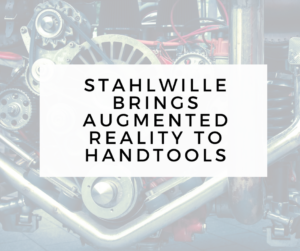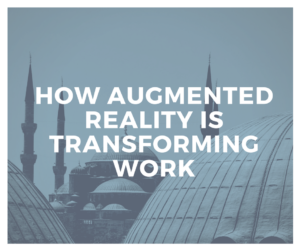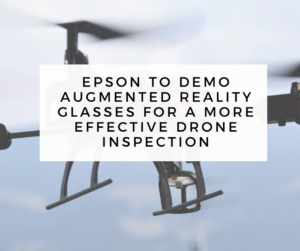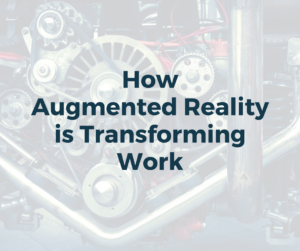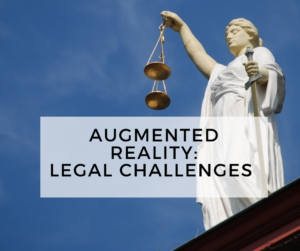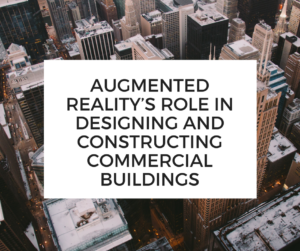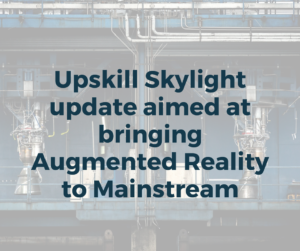“Beyond that, the construction and building industry, specifically, has faced increasing regulations and has at times been slow to adopt new technologies. Construction productivity has decreased by 20 percent in the last 40 years as a result. When labor, materials and overhead account for up to 75 percent of building costs, it is critical that this industry finds ways to improve efficiency, reduce waste and increase competency.
Recently however, the construction industry has quickly become one of the breakout success stories for applications in Augmented Reality (AR). The construction space is ripe with opportunity to take advantage and be a leader in the adoption of AR. As the user interface of the future, AR allows the use of technology to interact with the world in 3-D, the same way users evolved to interact with the world in real life—with hands and eyes.
Because of this, AR technology lends itself particularly well to the entire lifecycle of the commercial construction process—all the way from conceptualizing and designing structures through to post-construction inspections and ongoing maintenance.
Too many construction projects go on and on, with multiple budget revisions and missed completion dates. One of the largest unplanned expenses in construction is associated with change orders and required modifications due to improper planning, errors or unforeseen circumstances. From the outset, AR can show tremendous value by allowing the architect and engineering teams to visualize and show the finished product (or stages) right on-site or within a building. The ability to modify and “view” changes and how it will impact the design can really connect everyone on-site, minimizing errors and significantly reducing lost revenue. Augmented reality can also utilize existing BIM information to provide accurate and detailed overlays ensuring all parties on a construction project are on the same page.
During the construction process, every attempt is made to improve efficiency from saving time, reducing waste and improving safety. With AR-based tools, everyone can be an “expert” by ensuring that they have best practices and expert knowledge in front of them at any stage of the project. From the framer to the electrician and plumber to the site supervisor, information and best practices are key to keeping a project on schedule and within budget. For example, being able to visualize blueprints, see holographic guided instructions for installation of mechanical equipment, or the proper install locations of fasteners will all add to keeping a project on track and progressing efficiently.
Project managers can benefit with AR-based remote assistance tools by being able to support multiple sites and crews from any location, knowing that each project has the required support and direction, without logistical delays. Further, integration of internet of things (IoT) information into the AR view will continue to improve efficiency, reduce time and improve safety on many tasks on the construction site.
Using an AR platform, construction companies can also leverage built-in analytics to capture various data points such as timing information around how long it takes to perform a single step or a procedure overall, as well as checklist verifications, images, videos and measurements. At the completion of a project, construction companies will have an extensive database of analytics from the entire project which will verify that steps and procedures were completed according to specifications, significantly reducing the risk to the construction company post-completion.
The knowledge and assets from the construction process will be used for years ahead from inspection to renovations and repairs. These assets will save massive time and costs by not only being able to verify how the work was completed, but also by being able to overlay as-built information, such as electrical wires within walls, plumbing and even viewing live data associated with mechanical equipment and preventative maintenance measures.
Construction is an industry primed to benefit in every aspect from the use of AR tools and applications. The ability to clearly and effectively communicate information is the foundation of a successful construction project, and having everyone on-site as an “expert” will drive enormous improvements in the overall construction process from planning, to execution, inspection and repairs and renovations. AR will be a key driver in the instant delivery of expert knowledge, but the long tail will be associated with the retention of and access to assets and knowledge captured during the construction process for years to come.”
